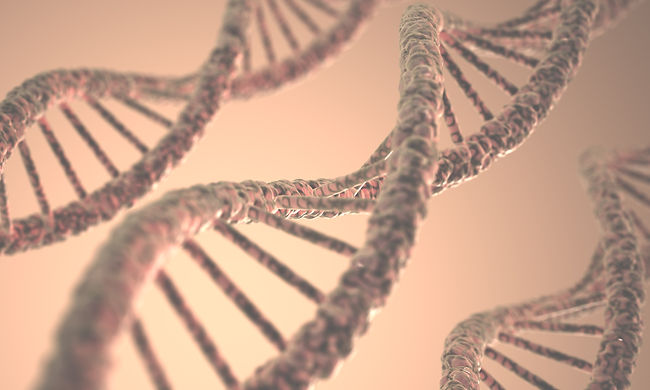

Plasmas @ UAntwerp
The research group PLASMANT develops and applies numerical models for
-
gas discharge plasmas,
-
the interaction between a plasma and a solid surface, and
-
the interaction between a laser and a solid surface,
with the aim to understand basic processes and underlying mechanisms, as well as to optimize the applications of plasmas and lasers, e.g., in materials and nanotechnology, analytical chemistry, environmental and medical applications. Furthermore, PLASMANT also built a series of plasma reactors for studying greenhouse gas conversion into value-added chemicals and for plasma medicine applications to validate and support the computational studies.
Computational study of plasma - surface interactions at the molecular level
A good understanding of the physical and chemical processes involved in plasma-surface interactions requires a study at the molecular level of the structure and chemical reactivity of the materials, structures and molecules involved. Computational modelling and simulation is an excellent tool to study such systems. However, simulations at the molecular or atomic level are very time- and memory consuming and even for relatively small systems of a few hundred atoms or molecules, parallel supercomputers have to be used to obtain accurate results in a reasonable time.
The group employs different types of simulations, including fluid dynamics, molecular dynamics, density functional theory and Monte Carlo techniques, and uses a mix of home-built, academic and commercial software, including, e.g., LAMMPS, VASP, ADF, FLUENT and COMSOL. In the figures below, a couple of representative examples are shown
Help of the VSC
Prof. Erik Neyts explains: “The VSC has given us access to much more resources than we had before so that we can now do more and larger simulations to investigate processes and their underlying mechanisms in the growth and modification of nanomaterials, plasma catalysis and plasma medicine. In our group, we use both the Tier-2 infrastructure at UAntwerp and the Tier-1 cluster for some of the larger simulation studies. The VSC team not only runs the machines, but they also help us to install all the software we need, saving us from much of the burden of system management, and provide training to our users.”
Links
PLASMANT – Plasma, Laser Ablation and Surface Modelling Antwerp home page
References to the figures
-
E. C. Neyts, J. Vac. Sci. Technol. B 30 (2012) 030803
-
Typical dc plasma and its main constituents contributing to plasma surface interactions and specifically to CNT growth: E. C. Neyts, J. Vac. Sci. Technol. B 30 (2012) 030803
-
Self-limiting oxidation of silicon nanowires: U. Khalilov, G. Pourtois, A. van Duin, E. C. Neyts, Chem. Mater. 24 (2012) 2141-2147
-
Strain calculations in gold nanocatalyst particles: S. Ali, S. Myasnichenko, E. C. Neyts, unpublished
-
Density-functional theory calculations for metal – graphene interactions: T. Kato, E. C. Neyts, Y. Abiko, T. Akama, R. Hatakeyama, T. Kaneko, J. Phys. Chem. C, accepted for publication
-
Carbon nanotube formation: E. C. Neyts, A. van Duin, A. Bogaerts, J. Am. Chem. Soc. 133 (2011) 17225-17231
-
Reactive oxygen species interacting with peptidoglycan and other biomolecules: M. Yusupov, A. Bogaerts, S. Huygh, R. Snoeckx, A. van Duin, E. C. Neyts, J. Phys. Chem. C 117 (2013) 5993-5998
